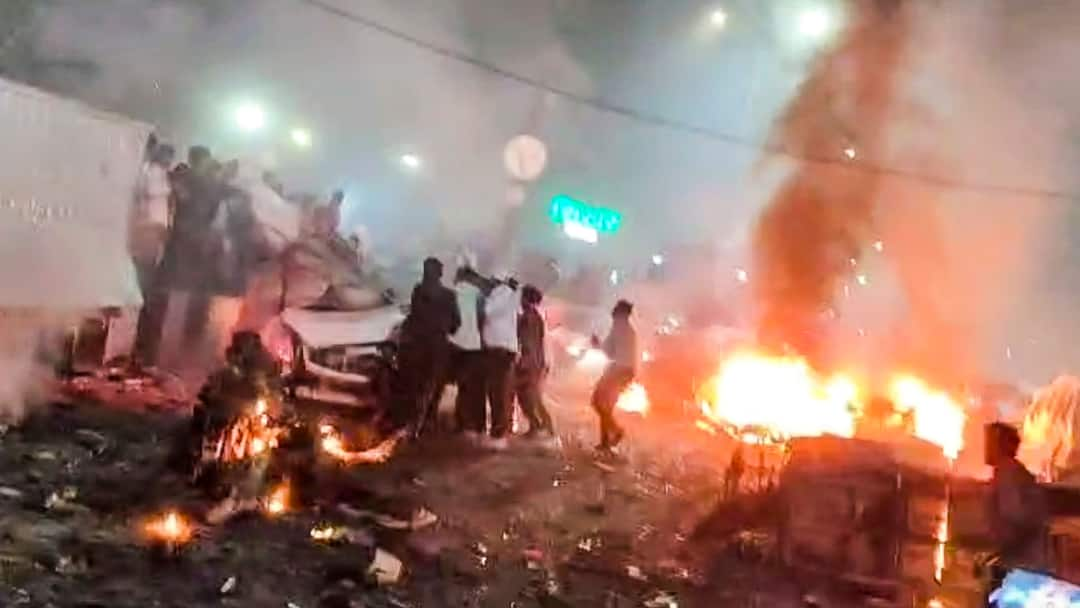An explosion near Delhi’s Red Fort on Monday evening has killed at least nine people and injured more than 20. The blast occurred around 6:30 p.m. on November 10, 2025, near Gate No. 1 of the Red Fort Metro Station, a high-traffic area in Old Delhi. Eyewitnesses said a Hyundai i20 was caught in slow-moving traffic when it suddenly exploded, triggering a massive fire that spread to nearby vehicles and buildings.
According to Delhi Police, the car carried a Haryana registration number. CCTV footage showed the vehicle parked for over two hours before the explosion. Investigators are also searching for a suspect named Umar, who is absconding in a related explosives case in Faridabad.
Forensic teams are analysing residues to identify the type of explosives used while the National Investigation Agency (NIA) and Delhi Police’s Special Cell are jointly probing the case. The national capital has been placed on high alert with heightened security at markets transport hubs and heritage sites.
The Red Fort itself has been targeted before, and Monday’s explosion once again highlights the recurring threats that have haunted Delhi for decades.
Timeline of Major Blasts in Delhi
- September 2011: A powerful bomb outside the Delhi High Court killed 15 and injured 79. Harkat-ul-Jihad al-Islami claimed responsibility.
- May 2011: A minor blast outside the Delhi High Court caused no casualties.
- September 2008: Multiple explosions across Connaught Place and markets killed 25 and injured over 100. The Indian Mujahideen claimed responsibility.
- October 2005: Three blasts ripped through crowded markets ahead of Diwali, killing 66 and injuring hundreds.
- June 2000: Two people, including a child, were killed in twin blasts near the Red Fort.
- November 1997: Blasts outside places of worship in Chandni Chowk killed three and injured 73.
- October 1997: Serial explosions in Sarojini Nagar, Paharganj, and Govindpuri killed 59 and injured more than 150.
Security agencies say the Red Fort blast of 2025 bears similarities to earlier attacks targeting crowded public spaces.


